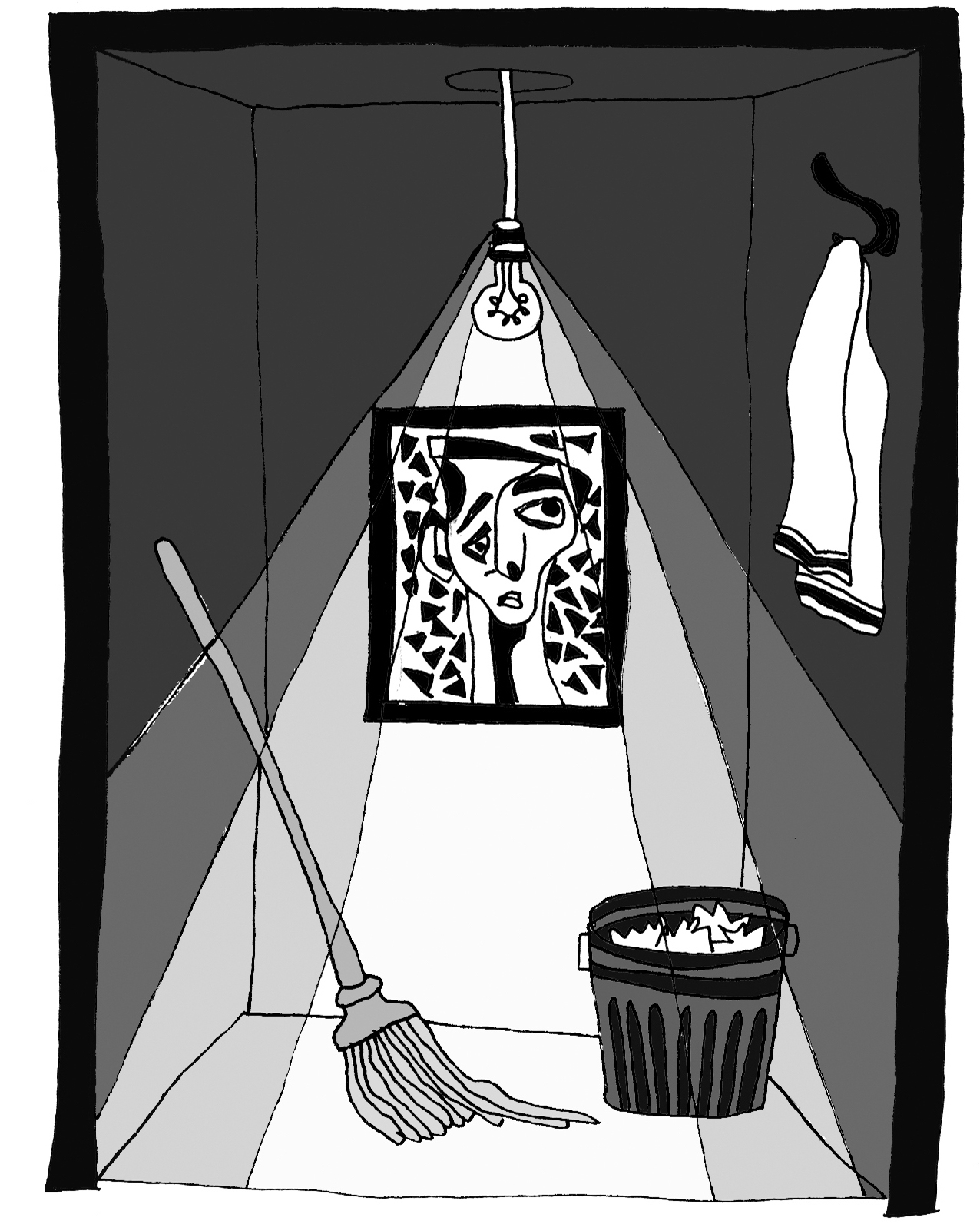Censorship is alive on Bowdoin’s campus
May 4, 2018
 This
piece represents the opinion of the author
s.
This
piece represents the opinion of the author
s.
The annual Delta Sigma/Delta Upsilon art competition took place on April 14 in Smith Union. While this event ostensibly served as a “way to continue the tradition of ‘non-formalized’ creativity that Delta Sigma/Delta Upsilon fostered during its time at Bowdoin,” the actions of the curators belied a more elitist vision of what works warranted inclusion.
We, the METHOD Art Collective, submitted a body of work titled “(Uncertain) Youth.” This project included videos, a life-sized protest sign and a collection of digital photographs. We desired to probe themes of youth, masculinity and homosociality, viewed through the uncertain lens of life in the digital age. We intended for the form of our art to reflect these themes. Through the raw, unfiltered and color-printed images, we wanted to challenge conventional methods of art display. The collective nature of our art ventured to break down notions of ownership and attribution and reflected a concerted effort to democratize the process and role of the producer in creating art.
The response we received from the curators was anything but encouraging. Two days before the competition and a month after we had filled out a form detailing the appropriate audio-visual setup required to display our videos, we learned that the curators did not have “the capacity to do video submissions this year for the Delta Sig art show.” While saddened by the prospect of our project missing a fundamental component, we felt that our vision, no matter how incomplete, deserved exhibition. Then, on April 14, to our utter dismay, we arrived at the art show to find our artwork relegated to a glorified supply closet on the side of the main art gallery. In a half-lit hallway, behind a glass door and down a flight of stairs, our artwork languished. We understand that our art may have been provocative. Yet, the history of art is one of provocation. We saw our work as channeling the spirit of Dadaism, Marcel Duchamp, Robert Mapplethorpe and Marina Abramovi?. These pioneers of art all pushed the boundaries of what was acceptable. They did not shy away from obscenity out of fear of reprisal. We maintain that vulgarity deserves a space in art.
The irony is clear. An art competition, whose goal was to promote “‘non-formalized’ creativity,” was the locus of censorship. We do not profess to represent traditional art—none of the collective’s members study visual media, nor do we feel entitled to display our art in any public space on campus. We merely wished to exhibit our works in an art show that was open to the entire campus, with no qualifiers as to quality or content of submissions. The non-inclusion, both metaphorically and physically, of our works speaks to a censorship we find especially troubling. A vital art scene requires freedom to explore all themes in all media. We won’t apologize for our vision; we won’t compromise on our self-expression.
Riley O’Connell and Ben Torda are members of the Class of 2018. They write on behalf of the METHOD Art Collective.
Comments
Before submitting a comment, please review our comment policy. Some key points from the policy:
- No hate speech, profanity, disrespectful or threatening comments.
- No personal attacks on reporters.
- Comments must be under 200 words.
- You are strongly encouraged to use a real name or identifier ("Class of '92").
- Any comments made with an email address that does not belong to you will get removed.


What a shame!